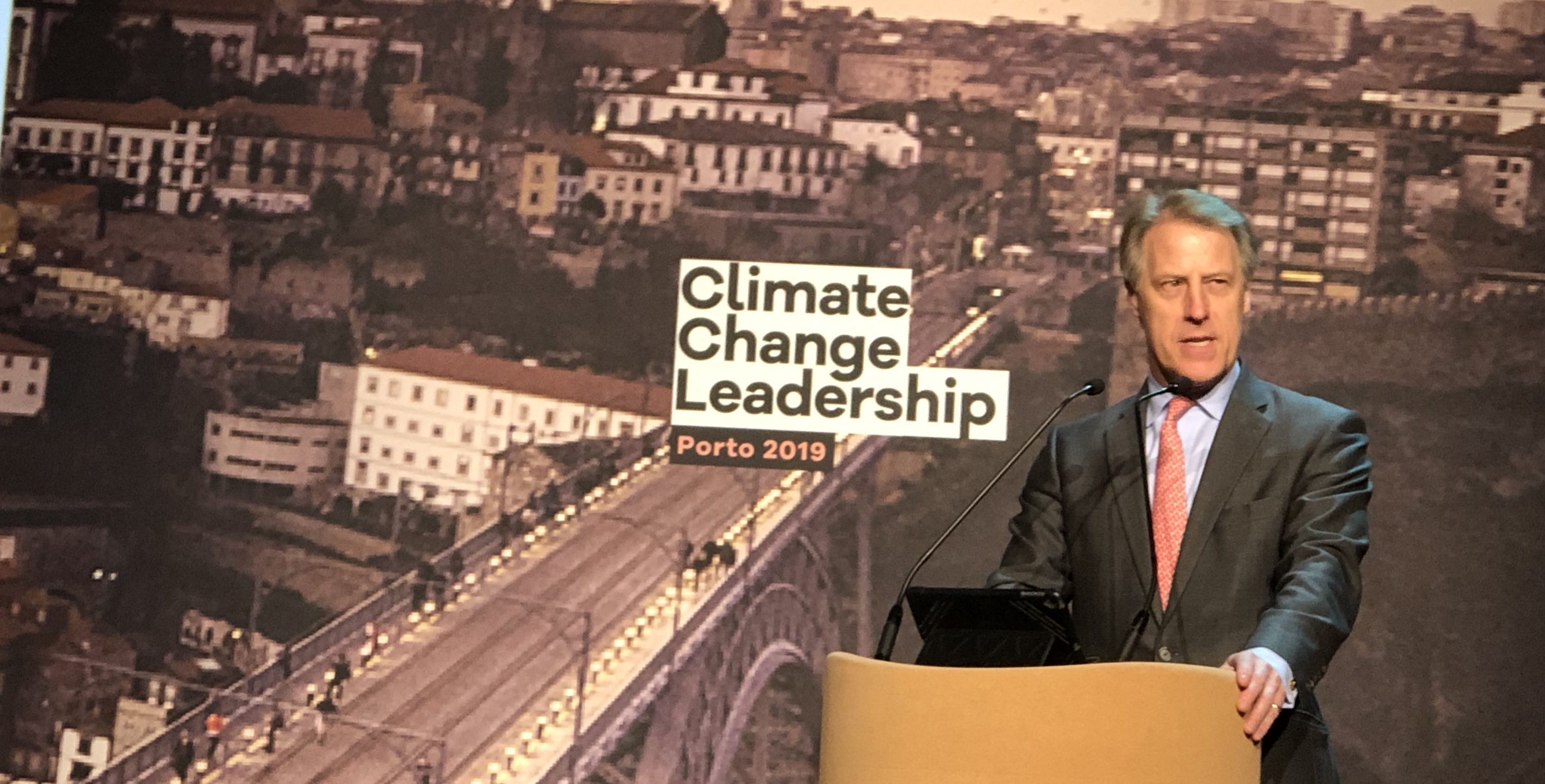With so many day to day pressures on business it is easy for sustainability to get pushed down the corporate agenda, but as Richard Siddle reports, running a sustainable company is not only good for the planet, it’s good for business too.
“We hope to inspire you to do more.” Tackling sustainability is not quite as simple as Nike’s famous ‘Just Do It’ advertising slogan, but as opening statements go it certainly helped set the scene at the Climate Change Leadership conference that was held in Porto, Portugal, last week.
Those were the words of event host and co-organiser, Adrian Bridge, managing director of Taylor’s Port, who applauded the delegates who had travelled from all over the world to be at the event, but stressed taking part in the debate was not enough. The real difference would come in what they then did when they returned to their respective businesses.
The time has come to stop doing what we have done before, he added. No matter what steps a winery, a brand producer, a wine distributor or retailer has done in the past, we all still need to do more, said Bridge. But crucially we also need to then share those ideas, the best examples of tackling climate change and acting sustainably, with each other. Which is what this event was all about.

US Vice President Al Gore was the star attraction at the event
Practical solutions
Noticeably the central theme of the conference was not about making the case for climate change and talking about what impact thunderstorms, drought and hail are having on the wine industry. That’s a given. But looking at offering real, practical solutions and steps that the industry as a whole can take, or relevant ideas that individual businesses can pick up and build on.
With the emphasis not just on change for changes sake, but making transformational differences to how business behave. “We can’t come here and leave as you came,” is how António Amorim head of cork producer, Amorim put it.
On the front foot
So whilst it is easy to get depressed by the global picture and wine’s relative insignificance in changing overall carbon emissions and greenhouse levels, it is also an opportunity for the industry to take the lead on so many sustainability issues, said Pau Roca, director general of OIV (International Organisation of Vine and Wine).
There are so many examples, he added, where the wine industry is acting as a catalyst to force real, positive differences in not only how producers behave, but what steps their suppliers take further down the supply chain. Particularly around the sustainable transport, bottling and packaging solutions they are being offered.
It was good to see, for example, a dedicated session just on the role bulk wine and how wine is being packed, shipped and bottled in market around the world. After all it is one thing taking action in the vineyards if all that good work is then lost in how the wine is being treated, packed and moved to its end market.
The wine industry, after all, covers a supply chain that includes an infrastructure of complex distribution, logistics, shipping, packaging, bottling, labelling services, right through to the retailers, merchants, restaurants, pubs and bars that end up selling the wine. That’s where the wine industry can have a vital role to play, ensuring it only works with those businesses that are taking sustainability as seriously as it is at every step of the supply chain was a central theme of the Porto event.
It needs stakeholders, Mike Veseth, the self-dubbed Wine Economist, at all stages of the supply chain, from production, to distribution, retailing and consumers to take sustainability seriously and put pressure on each of the stages to do better. “You need to take action with suppliers and in markets up and down the supply chain,” he said.
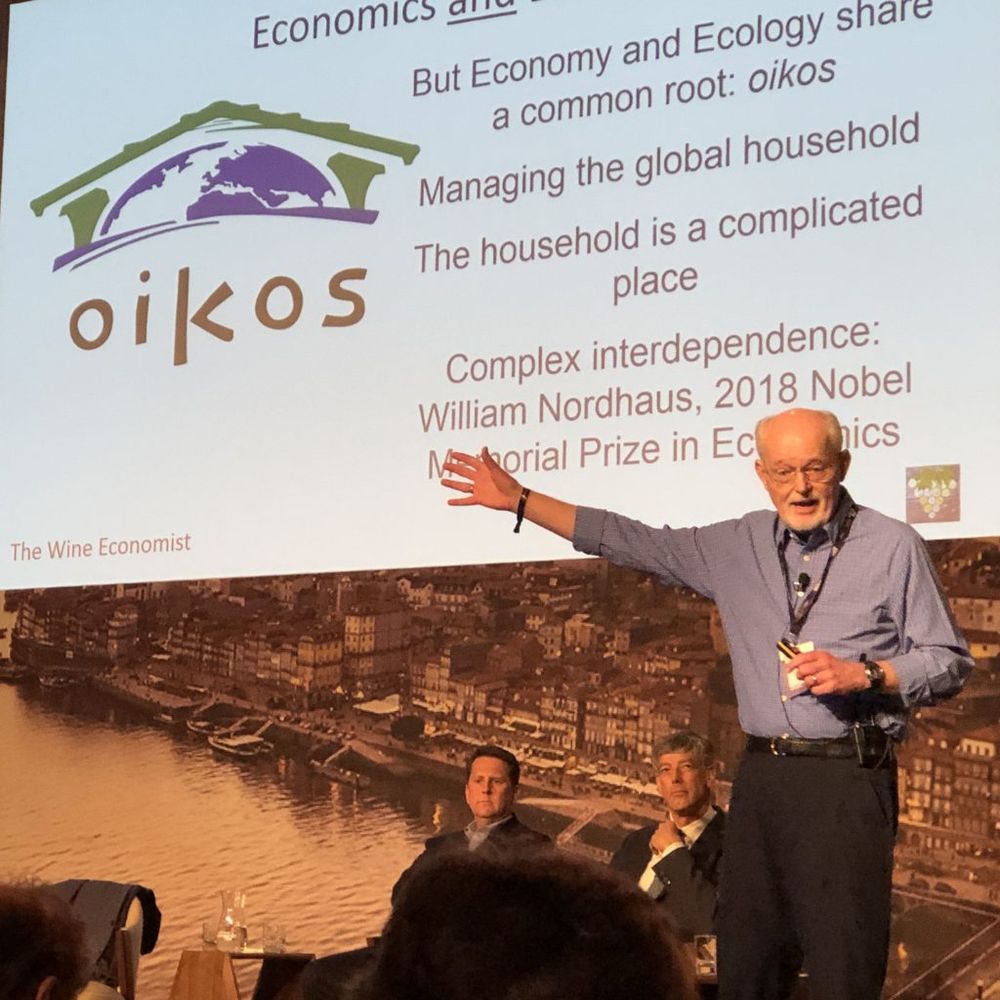
Mike Vespeth, aka the Wine Economist, on why climate change is good for business
Need to do more
Events like this are also very revealing in who is not there, as well as who is. It was striking that there was only Concha y Toro of the world’s biggest wine brand owners present, or at least willing to make a keynote address.
The only major international retailer to take to the stage was Marks & Spencer, and whilst its representative, Paul Willgoss director of food technology, supply chain and logistics, was only too keen to talk of the merits of its Plan A sustainability programme, he managed to do so without mentioning what it is doing with wine. Although behind the scenes M&S is said to be putting pressure on its wine suppliers to do more and to take measures to sign up to the Porto Protocol – the initiative affiliated to the Climate Change Leadership event that encourages any business connected to the drinks industry to sign and up share what steps it is taking to be more sustainable (see below).
Industry-leading steps
It is, though, in the winery and vineyard where producers can have most immediate effect, said Roca. Be it in better soil and terroir analysis, improved viticulture, production and irrigation practices.
It was certainly exciting to see the industry-leading steps so many major producers are already taking, in all aspects of what they do, to mitigate against climate change.
None more so than Miguel Torres who has arguably been leading, if not pioneering, steps to alleviate climate change across both his vineyards in Spain and Chile.
Wine, he said, “can be a symbol” on how to tackle climate change. He has long pledged, for example, to invest 10% of the company’s profits in future sustainable measures and urges other businesses to do the same.
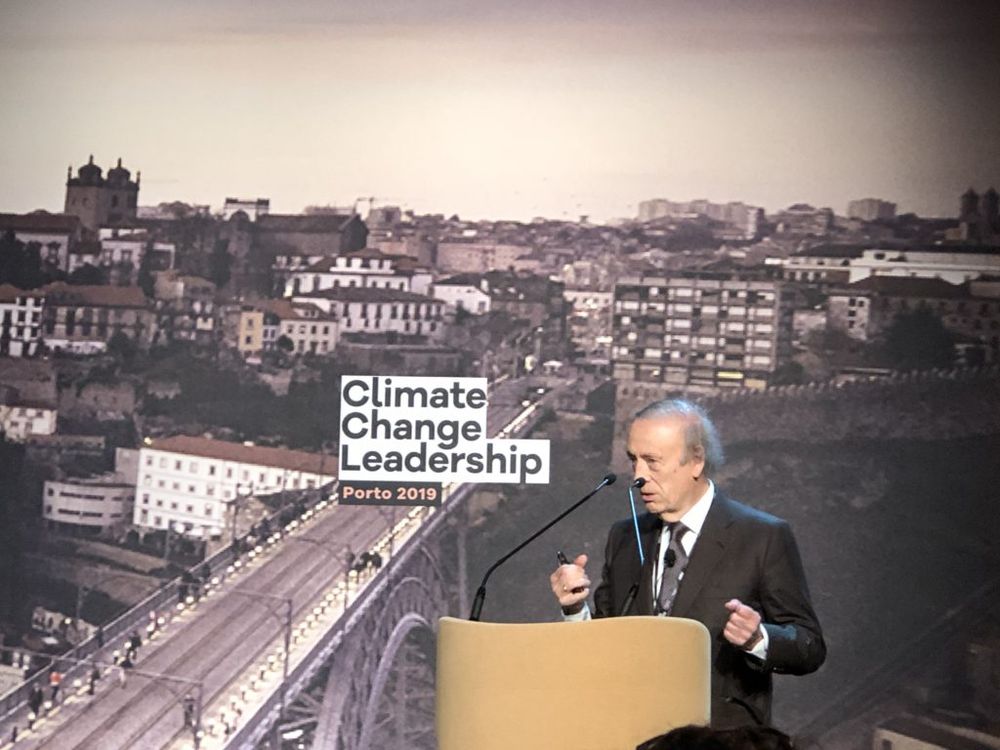
Miguel Torres says he was inspired by Pancho Campo’s first climate change events in the late 2000s to take more steps in his vineyards on sustainability
Even the event’s key note speaker, Vice President Al Gore, would struggle to compete in a head to head when it comes to delivering an inspiring message on acting on climate change. Although few could match the barnstorming, almost evangelical, speech that Gore delivered to close the show that was as much fire and brimstone about the dangers of climate change as it was setting out the very encouraging steps and measures that are followed around the world to be more sustainable.
Torres talked in great depth about the threats and dangers that are yet to come, as sea and land temperatures continue to rise well as offer some solutions as to what can be done now. Particularly around the work being done in its Spanish vineyards to bring back old ancestral varieties that might be better placed to deal with the changing climatic environment. Or how Torres is planting trees and vegetation in new potential wine growing areas of Chile that may not be relevant for vine growing for another 20 years.
But you can’t just act alone, he said. You have to work with all your suppliers, particularly packaging, if you are to reduce overall CO2 levels. He pointed to the potential of new Carbon Capture & Re-Use technology in helping wineries push to the next level of reducing their respective footprints.
Back on global agenda
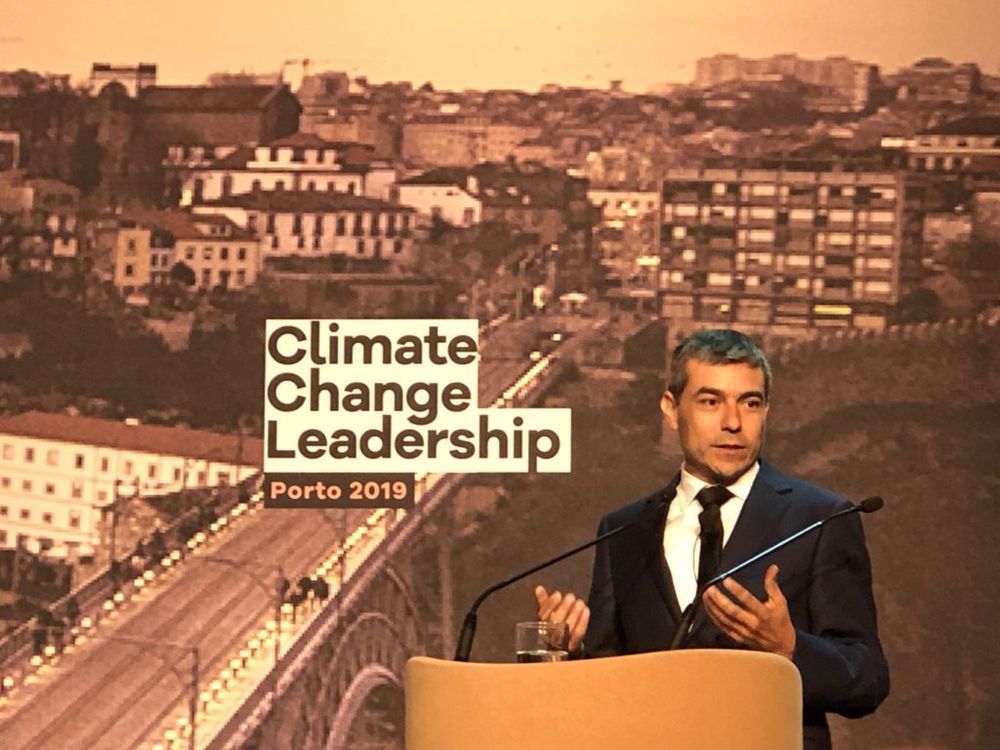
Gerard Casauban of Concha y Toro says it has done a lot of work planning for the “vineyards of the future”
The two day conference is the first major international event on the environment since the series of Climate Change Summits were held in the late 2000s. It also marks a return to the global wine events circuit for Pancho Campo, who was also the organiser and founder of those initial conferences.
The world has moved on a lot in the subsequent years and the need to be taking action in vineyards has become even more acute. A cause speaker after speaker demonstrated how far the wine industry has come in the scientific work being done, the collaborations being made with major academic institutions and the results that are being seen as a result.
The technology and satellite analysis tools now available to producers all over the world will see huge differences in which grape varieties are being planted where, said Gerard Casauban of Concha y Toro, which has done a great deal of research to plan for what it calls the “vineyards of the future”.
Antônio Graḉa of Sogrape pointed to the extensive soil analysis research it is doing at all its properties across Portugal, Spain, Chile and New Zealand. “It’s about challenging the identity of our terroirs,” he explained.
Only by truly understanding how each vineyard area works in terms of monitoring weather, temperatures, water and so on can you then find the most efficient way of working with it. That modelling technology is now there for more producers to use, he stressed. Sogrape, for example, is using it to forecast what impact there might be on the quality of certain grape varieties, in terms of acidity, PH levels, sugar levels, for the next 20 years.
That level of analysis is being taken on to another level by the pan-European research initiative, ADVICLIM, that involves pilot studies of vineyards in the UK, France, Spain and Romania to try and plot and analyse what impact future changes in the climate might have on different regions and countries.
Chris Foss, for example, director of the wine business and management division of Plumpton College in the UK shared the findings from one Romanian region that showed how changes in temperature and climate meant it should now be a predominantly red grape growing area, where traditionally 80% of the wines made had been with white varieties.
Down to the specifics
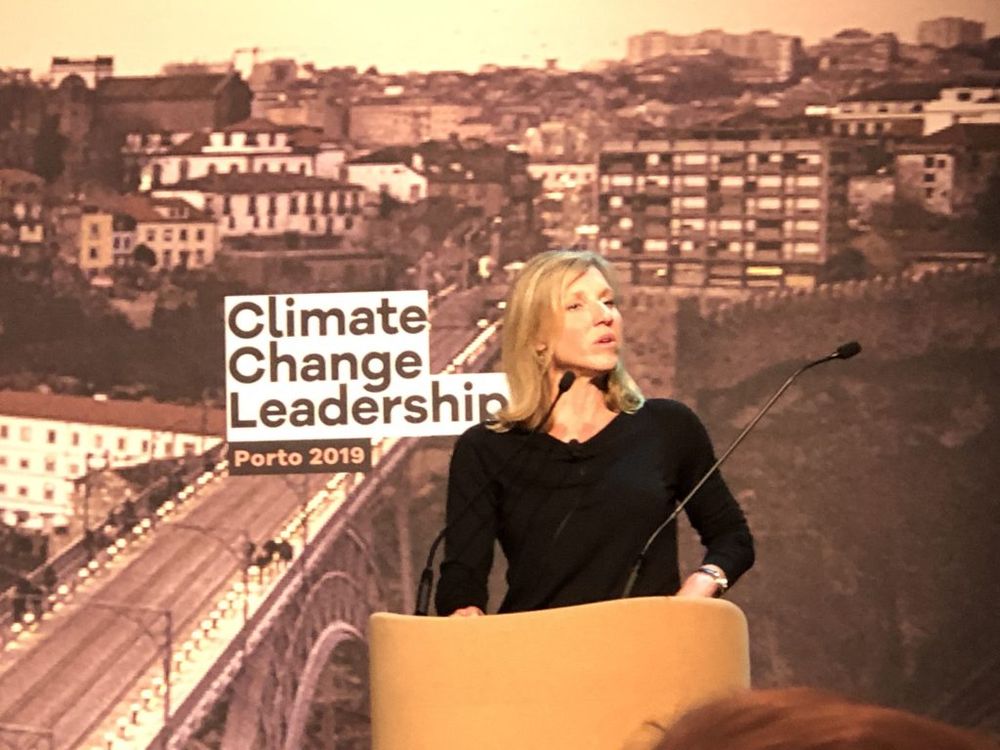
Cristina Mariani-May, chief executive of Banfi Vintners, says she sees sustainability as 100% integral to what the winery is all about
It is that micro analysis that is really going to make a difference in the future, said Cristina Mariani-May, chief executive of Banfi Vintners in Tuscany. Like understanding what are the right clones to be using for traditional varieties like Sangiovese. Research it has been prepared to share with the EU to help other producers better understand what clones might be right for their soils.
Casauban at CYT said future vineyards will be very much based on ensuring they have the right “clonal, clean and reinforced plant materials” that can exist in that environment.
What won’t change is having to make hard economic decisions about how you run your winery, added Mariani-May. Like ensuring only it has a third of its property in Tuscany dedicated to vine growing, the rest, she stressed, is taken over by forests and vegetation. “You can’t over plant your vineyards,” she said.
“But that’s our philosophy. It’s a discipline It’s expensive. You have to be committed,” she added.
It’s also a strategy you have to take from the winery and then share and implement at all stages of your supply chain through to the importers and customers you work with around the world, she said.
Good business case
The event had also made clear how following a sustainability agenda was not only good for the planet, it was also the right thing to do for businesses’ bottom line. Particularly if you are looking for fresh investment in your business from banks and private equity, warned Stephen Rannekleiv of Rabobank, that specialises in investing in food and drinks companies around the world.
He said major banks, investment groups and private equity will increasingly only commit to supporting funds for a company, particularly those involved in agricultural and farming industries, if they are supporting a fully committed sustainability agenda and are on top of the supply chain that supports it.
That means them being satisfied that a potential investment business’ objectives, goals and long term strategy are all part of a sustainable agenda and it has the measures in place to monitor and report on how well it is reaching them.
Rannekleiv said Rabobank had walked away and refused funding to many drinks companies because they do not have a committed sustainable strategy. It is also aware that many businesses lack the technology and infrastructure to go to the next level of sustainability so is specifically looking to invest in entrepreneurs and start-up companies that they can introduce to drinks companies to help them “make smarter, more sustainable decisions”.
Living up to consumer expectations
It is also what the younger consumers of tomorrow will be expecting the businesses they buy products and services – and wine – from to be doing, said Antonio Amorim. “These are our future consumers and they are the ones who are most interested in what companies are doing. So it is also a huge opportunity and should not be seen as a cost on revenue,” he explained. “It has to be made a priority. We are already a sustainable business, but we have to do more.”
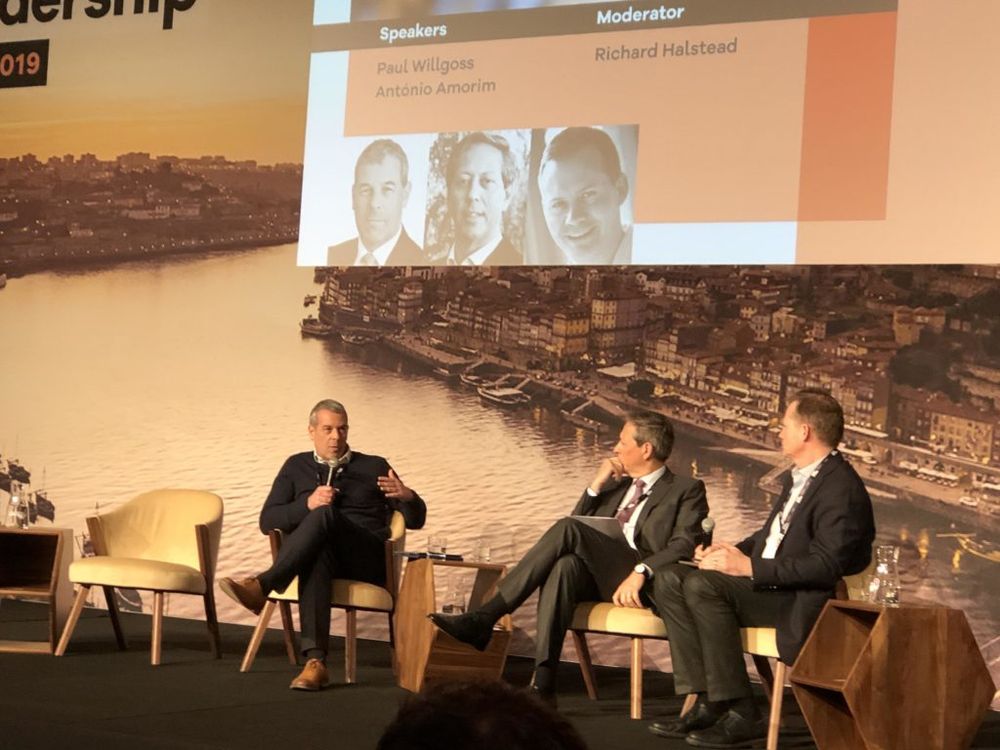
Paul Willgoss from Marks & Spencer joined Antonio Amorim in a debate with Richard Halstead’s Wine Intelligence
Paul Willgoss at M&S agreed: “A sustainable business is a good business. As retailers we have to make brave decisions and then see them through.”
It is a debate it has with its own suppliers all the time about pushing themselves to achieve even better levels of sustainable, and not just be satisfied with silver or gold standard, but look to go higher than that. “The problem is around 30% of our suppliers have not started on that sustainable journey. That’s where the problem is,” he said.
It’s a dangerous position to be for if they don’t adapt “to a sustainable way of working then they won’t be here in the future”. “We need to find a way to bring them on the journey with us.”
But you have to make sure you get the balance right when talking to consumers, he stressed. “You also have to learn from things that don’t go as well. Some of the quality that was associated with organic and Fairtrade products in the past was not good enough. So you have to get the value equation right for consumers. That’s key.”
Particularly when talking to younger consumers. “Millennials are much more challenging and you have to live up to their purpose and values. You can’t cut corners as everything is so transparent,” he added.“We are seeing a shift in consumers at a pace we have not seen before.”
Which is why the strapline for its sustainability strategy is “Bigger, Bolder, Faster”. He urges companies to concentrate on the areas initially where they can have the biggest impact and then try and go further and achieve better goals than you first set out to do.
It’s not enough now to say you are tackling waste in your business, “you have to go further”. Which is why its latest pledge on food waste is to commit to finding a “consumer stomach” for every “consumable” food item it has.
It’s “transformational” change that is going to have the biggest impact, he stressed.
Which means you have to a core sustainability message that is relevant to all your customers, young and old and their respective needs and beliefs.
“We have a fundamental role to play in promoting a sustainable supply chain. But you have to do it in a way that is educational and not preaching as that will turn consumers off,” said Willgoss. “We have a job to inspire, to excite and to make consumers interested in these issues.”
Stronger, together

The Porto Protocol is for companies to sign up and pledge to make changes for climate change and then share them with the rest of the industry
That stronger, together approach was very much at the heart of this week’s conference and it was refreshing to see major producers, who would normally be looking to push their country or region’s credentials over another, all looking at how they can help each other – and more pertinently all the producers and wine businesses around the world who are no way near takings sustainability as seriously.
The other key focus of this week’s event was to promote The Porto Protocol, a new initiative set up by Adrian Bridge and Pancho Campo, for wine businesses to sign up to and pledge their support for driving changes to tackle climate change. But crucially by doing so they will also be asked to share what practical steps, like the ones we heard about at this week’s conference, they are taking that they can share with the rest of the industry.
An initiative that takes on Adrian Bridge’s pledge to this week’s conference: “We hope to inspire you to do more.”
- To find our more about the Porto Protocol and look at the case studies already provided click here.
- You can find out more about the Climate Change Leadership event by clicking here.
- This is an extended and adapted article from one that was first published on VINEX, the bulk and bottle wine trading website.
